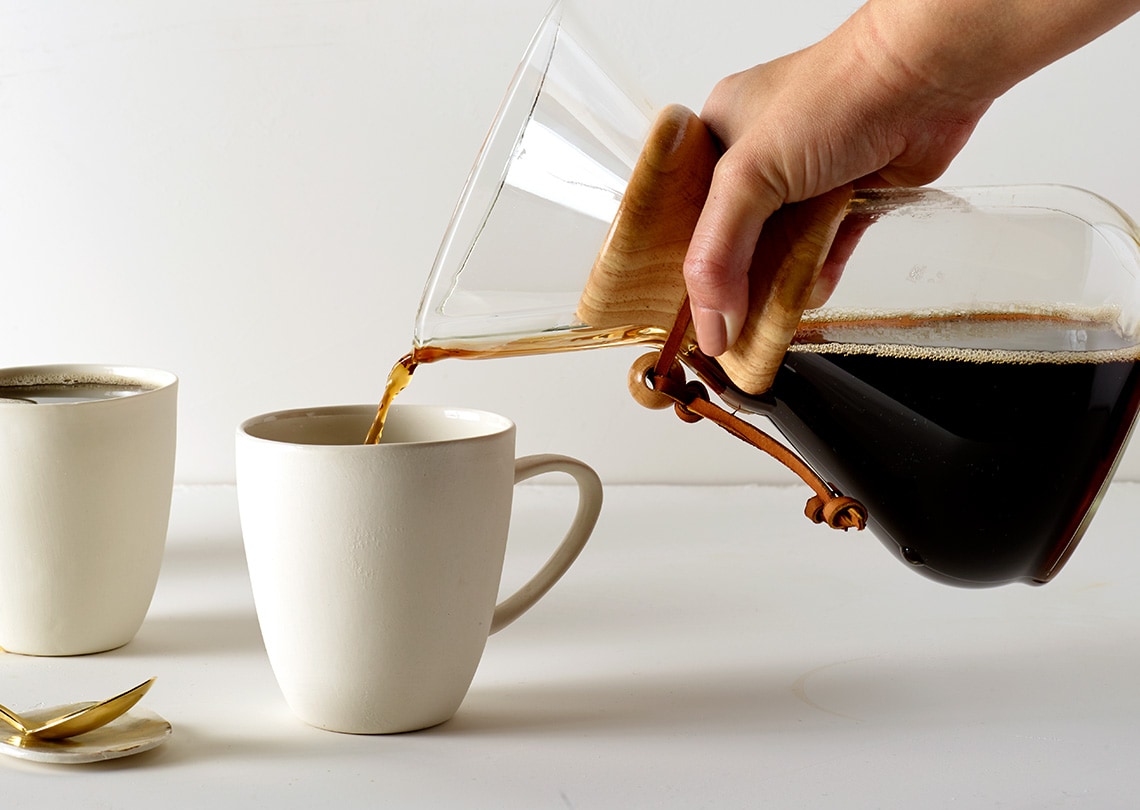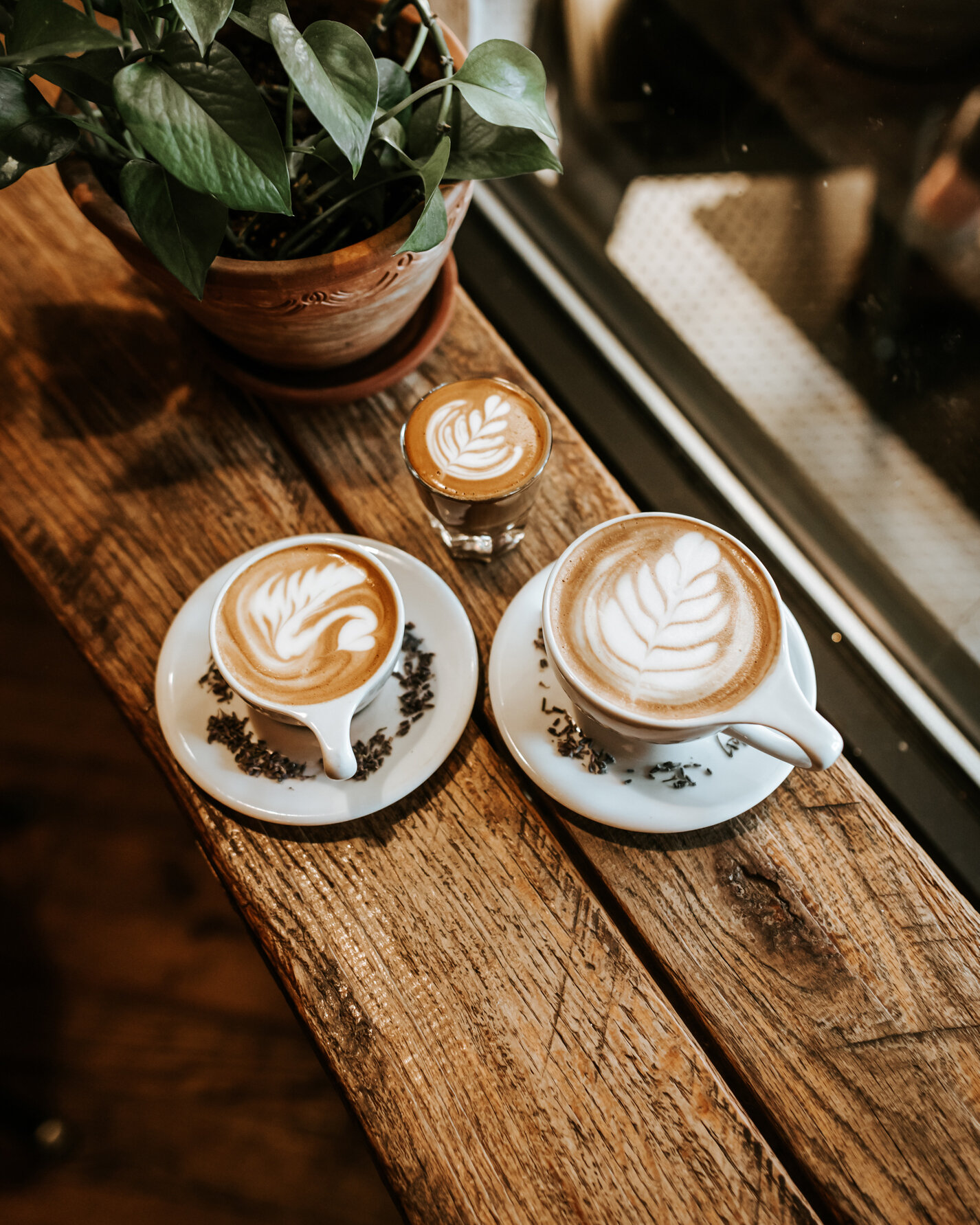Indulge in the Ultimate Coffee Enthusiast's Guide: From Bean Choice to Brewing
Embark on a journey through the complex world of coffee, where the course from bean selection to brewing reveals a world of possibilities waiting to be checked out. Recognizing the nuances of different coffee beans, the alchemy of toasting accounts, and the proficiency of brewing approaches are just the beginning of a coffee lover's pursuit for the best cup. As we explore the art of enhancing flavors and discover the keys to a remarkable removal, the allure of crafting an individualized coffee experience bids, guaranteeing a sip of pure bliss with every mixture.
Recognizing Coffee Beans
The top quality and flavor profile of coffee are considerably affected by the kind of coffee beans utilized in the brewing process. Coffee beans are usually classified into two primary types: Arabica and Robusta. Arabica beans are understood for their delicate flavors, higher acidity, and intricacy. These beans are typically thought about exceptional in top quality and are favored by specialty coffee enthusiasts. On the various other hand, Robusta beans are defined by their solid, bold flavor, greater high levels of caffeine content, and slightly bitter taste. They are frequently used in blends and instantaneous coffee because of their affordability and ability to create a thick crema.
Within these 2 major categories, coffee beans can further be distinguished by their native land, altitude at which they are grown, and the processing methods utilized. Aspects such as soil climate, farming, and structure techniques all play a duty in forming the last taste account of the coffee beans. Understanding these differences can help coffee fans appreciate the diverse variety of flavors and fragrances that various beans can supply.
Discovering Roasting Accounts
When diving into the world of coffee, comprehending the complexities of toasting accounts is vital for appreciating the nuances in taste and fragrance that various roast levels impart to the beans. Roasting accounts describe the details temperature, period, and methods used to roast coffee beans. The roasting procedure dramatically influences the last preference of the coffee.
Roasting accounts can range from light to dark, each offering unique qualities. Light roasts are baked at lower temperature levels for a much shorter time, preserving the bean's original flavors and level of acidity. Medium roasts strike an equilibrium in between flavor retention and development, leading to a somewhat richer taste. Dark roasts are baked at higher temperatures for a longer period, resulting in strong flavors, lower acidity, and frequently a smoky or bitter undertone.
Exploring various toasting profiles permits coffee fanatics to experience a varied array of tastes and aromas, from flower and fruity notes in light roasts to the durable, caramelized tones of dark roasts - Coffee. Recognizing roasting profiles equips coffee fans to select beans that line up with their preferences, making sure a really tailored coffee experience
Mastering Brewing Methods
Comprehending toasting profiles establishes the structure for understanding brewing techniques in the world of coffee recognition. Once you have actually chosen the excellent roast for your preference preferences, it's important to select the ideal brewing approach to draw out the aromas and tastes secured within the beans. Each brewing technique, whether it be pour-over, French press, espresso, or cool mixture, offers a special way to showcase the subtleties of the coffee beans.
The grind dimension plays a vital duty in brewing methods. Different developing strategies call for certain work sizes to guarantee ideal removal. For instance, a fine grind is ideal for espresso makers, while a crude grind is better suited for French press brewing.
When understanding developing methods,Water temperature level and brewing time are also essential factors to think about. Changing these variables can drastically affect the final preference of the coffee. Trying out various brewing approaches and fine-tuning your method gradually will certainly improve your coffee developing skills and boost your total coffee experience.
Enhancing Flavor With Enhancements
Exploring numerous additives such as flavorful syrups, flavors, or alternate milk options can boost the general flavor profile of your coffee. Flavorful syrups, varying from classic vanilla and sugar to distinct flavors like lavender or hazelnut, supply a aromatic and pleasant touch to your mixture. Coffee. Flavors such as cinnamon, find more information nutmeg, or cardamom can add deepness and heat to your coffee, producing a intricate and abundant flavor experience
For those seeking to explore milk options, choices like oat, almond, or coconut milk can offer a creamy appearance and a subtle hint of their distinct tastes, enhancing the coffee's preference. Experimenting with different mixes of ingredients allows you to customize your coffee to fit your preferences, whether you like an indulgent and sweet reward or a much more robust and spiced flavor profile. Bear in mind to begin with percentages of ingredients and adjust according to taste, making sure a harmonious equilibrium of tastes in each cup.
Tips for the Perfect Cup

Various developing approaches call for various work sizes for the best outcomes. Experiment with different grind sizes to discover the perfect one for your favored brewing technique.
Water top quality is frequently neglected but is similarly vital. Always make use of fresh, filtered water to ensure a clean preference in your coffee. Water that is also tough or as well soft can adversely influence the flavor. Keep in mind to brew your coffee at the best temperature. Coffee. The perfect range is between 195-205 ° F(90-96 ° C )for a balanced extraction and delicious mug of coffee.
Final Thought
To conclude, mastering the art of coffee developing needs focus to detail and experimentation with different factors such as bean selection, toasting profiles, brewing methods, and flavor improvements. By comprehending the subtleties of coffee prep work and regularly refining your strategy, you can produce a extraordinary and customized coffee experience. Bear in mind to focus investigate this site on high quality active ingredients and exact measurements to boost your coffee video game to new elevations of satisfaction.
Recognizing the nuances of various coffee beans, the alchemy of toasting profiles, and the proficiency of developing techniques are simply the start of a coffee lover's mission for the perfect mug.The quality and taste profile of coffee are substantially influenced by the kind of coffee beans utilized in the developing process. Experimenting with different developing methods and fine-tuning your technique over time will certainly enhance your coffee developing skills and boost your total coffee experience.

Comments on “Coffee Chronicles: Mapping the Beginnings of Your Daily Mixture”